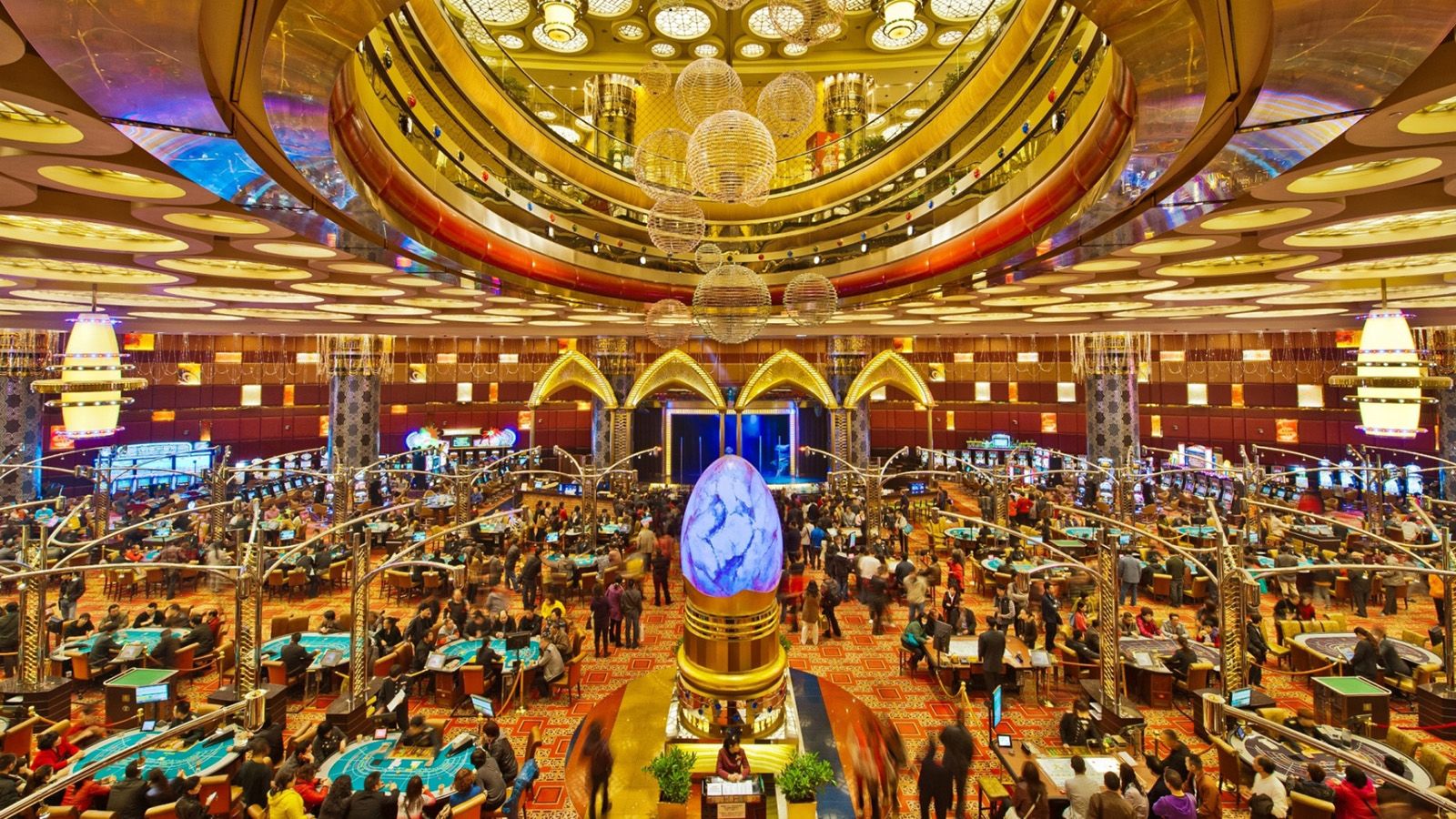How Gaming Establishments Utilize Shade and Style to Draw Gamers

Within a vibrant and thrilling world of casinos, where luck and tactics intertwine, hues and aesthetic play a critical role in attracting gamblers. As soon as players step inside a casino or access a gaming website, they are immersed in a sightly feast that grabs their attention and lures them to explore further. Vivid colors, captivating graphics, and creative layouts are meticulously crafted to create an environment of excitement and expectation, ultimately enhancing the gaming experience.
As players move through the dynamic landscape of casino games, they come across a range of designs that not only serve visual purposes but also influence feelings and choices. Colors like scarlet and gold symbolize riches and fortune, while calm navy and greens can create a more tranquil environment. Grasping how these elements work together enables casinos to create an inviting and stimulating atmosphere that encourages players to engage with the games, invest additional time at the tables, and boost their general enjoyment.
The Psychology of Tint in Casino Games
Color plays a crucial role in the design of gaming experiences, affecting player emotions and behaviors. Bright and vibrant hues, such as scarlet and gold, are often used to incite thrill and attract notice. These shades create a sense pressure and energy, encouraging gamblers to engage more enthusiastically with the experience. By thoughtfully selecting hues, designers aim to elicit feelings of satisfaction and anticipation, which can enhance the complete game experience.
Distinct hues also have psychological associations that can impact how players perceive their chances of victory. For instance, emerald is frequently associated with fortune and wealth, making it a popular choice in games like the roulette wheel and poker tables. This link can cause players to feel more optimistic and assured in their gameplay, ultimately inspiring them to wager more. Grasping these links allows game creators to create environments that enhance player happiness and retention.
Moreover, the layout of gaming interfaces often utilizes gradients and differing hues to guide player actions. For instance, successful combinations may be emphasized with vivid, opposing hues, creating a visual incentive. This technique supports positive outcomes and promotes repeated participation. By leveraging color psychology, gambling establishments can create games that not only attract participants but also maintain them engaged and committed in their gaming experience.
Design Elements that Attract Gamers
The aesthetic appeal of casino games is primarily influenced by the implementation of vibrant colors. Lively and striking colors are strategically chosen to create an inviting atmosphere that captures interest. For example, crimson and golden hues often signify luck and wealth, which is why they are prevalent in the palettes of slot machines and table surfaces. These colors not only attract players in, but they also stir emotions associated with excitement and anticipation, enhancing the total gaming experience.
In parallel to color, the aesthetic and organization of casino games play a significant role in captivating players. Games are designed to be intuitive, ensuring that players can easily understand the guidelines and mechanics. User-friendly interfaces, along with engaging graphics and motion, help maintain gamer interest and promote longer play sessions. The physical elements, such as the texture of the buttons and the audio of the games, also add to a comprehensive sensory experience that keeps players engaged.
In conclusion, conceptual elements in game design can significantly influence gaming decisions. Many gambling games are inspired by popular culture, myths, or exploration motifs, incorporating symbols and characters that connect with players. These themes create a sense of immersion and connection, making each game feel distinct. When players feel a connection to the theme, they are more likely to choose that game over others, leading to increased participation and excitement within the gambling environment.
Case Studies: Effective Casino Game Designs
One prime example of effective gambling game design is the popular slot machine series based around blockbuster movies. Games such as those based on the Wizard of Oz and Game of thrones utilize bright colors and top-notch graphics to enthrall players in recognizable narratives. The employment of dynamic visuals and captivating sound effects captures the focus of players, creating an emotional connection to the theme. This approach not only encourages longer play but also boosts the overall gaming experience, resulting in increased player retention.
Another notable case is the use of color psychology in table games like blackjack and roulette. Casinos often develop these games with deep reds and greens, colors traditionally connected with luck and wealth. For instance, the emerald felt on a blackjack table provides a soothing effect, while the red accents in the wheel invite thrill. This thoughtful use of color helps to foster an inviting atmosphere that stimulates players to engage, addressing their psychological impulses and boosting their enjoyment.
Finally, social casino games that feature community features and lively, lively designs have experienced remarkable success in engaging players. Games like Zynga Poker and Slot-O-Mania leverage bright colors and playful animations to create an inviting online environment. The integration of leaderboards, social sharing options, and in-game rewards promotes competition and community, attracting players in for longer sessions. top online casinos Such designs not just make the games visually enticing but also highlight social interaction, a vital factor in player retention and engagement within digital casino environments.
